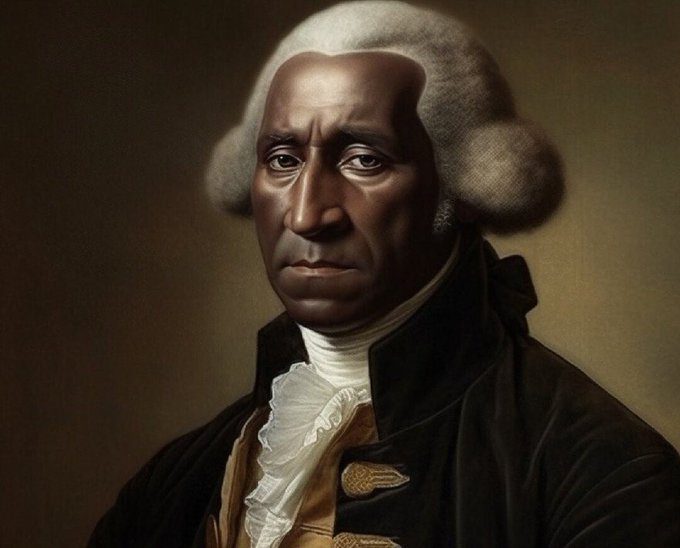Google’s New AI Tool: Whisk
Google Labs has recently introduced Whisk, an innovative AI tool designed to revolutionize the way users generate and remix images. This tool allows users to input a subject, scene, and style, providing a highly customizable experience for creative professionals, designers, and general users. The launch of Whisk comes at a time when AI tools are being released at a rapid pace, raising questions about whether this is a creative breakthrough or simply Google catching up with its competitors.
Unique Features of Whisk
Whisk stands out with its unique feature of allowing users to remix images by specifying a subject, scene, and style. This flexibility is particularly appealing to creative professionals who seek to experiment with different visual elements. The tool’s ability to generate diverse and creative outputs aligns with the growing trend of AI-powered image generation tools.
Competition in the AI Image Generation Market
The AI image generation market is becoming increasingly competitive, with major players like OpenAI’s DALL-E 3, Midjourney, Meta’s Imagine with Meta AI, and Microsoft Designer all vying for dominance. Google’s Whisk enters this crowded field with its unique selling proposition of ‘expressive chips’—keyword suggestions that allow users to modify and experiment with image creations. This feature is designed to enhance user creativity and provide a new take on prompting.
Integration with Google Products
Whisk is integrated into Google’s existing products and services, making it accessible to a wide range of users. This integration is part of Google’s broader strategy to incorporate AI into its ecosystem, including tools like Google Vids and AI-powered photo editing features in Google Photos. This seamless integration ensures that users can easily access and utilize Whisk within their existing workflows.
Ethical Considerations and Safeguards
As with any AI tool, there are ethical considerations to address. Google has implemented safeguards and watermarking to prevent the misuse of Whisk for creating harmful content. These measures are crucial in ensuring that the tool is used responsibly and ethically. The potential for misuse and the creation of deepfakes are significant concerns that Google aims to mitigate through these safeguards.
Market Trends and Consumer Sentiment
The market trends for AI-powered image generation tools are generally positive, with growing demand for such tools in various creative industries. However, there are mixed sentiments among consumers. While there is excitement about the creative possibilities that Whisk offers, there are also concerns about potential misuse and ethical implications. The introduction of Whisk aligns with the broader trend of integrating AI into creative workflows, as seen with other tools like Gemini AI in Gmail.
Legal and Regulatory Challenges
The launch of Whisk also brings potential legal challenges related to training data and copyright issues. Nearly a third of Fortune 500 companies have expressed concerns about intellectual property when using generative AI tools. These concerns highlight the need for clear regulations and guidelines to ensure that AI-generated content respects copyright laws and intellectual property rights.
Conclusion
Google’s Whisk represents a significant step forward in AI-powered image generation, offering unique features and integration with existing Google products. While it faces competition from other major players in the market, its unique selling proposition and safeguards make it a promising tool for creative professionals. As the market for AI tools continues to grow, it will be essential to address ethical considerations and legal challenges to ensure the responsible use of these technologies.
Related Articles
- Mind-Blowing AI Tools You Need to Know
- Embrace the Future with StarryAI: The AI and Meme Revolution
- How Do You Generate Stories Using Online AI Tools?
- AI Tools for Content Creation Guide
- Chibi AI
Looking for Travel Inspiration?
Explore Textify’s AI membership
Need a Chart? Explore the world’s largest Charts database
